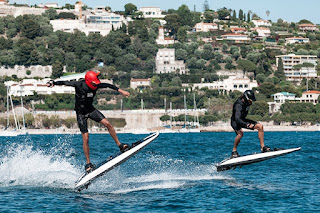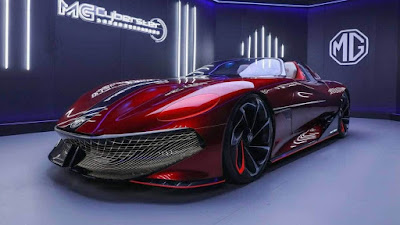DAILY INNOVATION BRIRF by Maryanne Kane, Journalist
DAILY INNOVATION BRIEF
By Journalists Edward Kane & Maryanne Kane
ANTARCTIC WILDLIFE ARE GETTING SUNBURNT
Source: Antarctic stock
- Thanks to Climate Change, wildlife in the Antarctic like seals and penguins are in danger of getting sunburns. A massive hole in the ozone level above the Antarctic has developed and is lasting for longer parts of the year. There are dangerous UV levels and scientists say it's posing a danger to wildlife. Here are some key facts:
- Scientists report that the hole in the ozone layer above the Antarctic is "massive", has been growing for 4 years and is now staying open for longer periods of time
- It now poses a danger to wildlife in the form of UV levels giving them sunburns
- Particularly vulnerable are baby seals and Penguins
- Other animals and plants are also in danger
- Scientists say Climate Change emissions are causing this and it could make the survival of some species more difficult
- The ozone layer is 25 miles above the Earth's surface and acts like a natural sunscreen -- which is now being eroded and incredibly is putting Antarctic wildlife in danger of sunburns.
NEW HUMAN HOMES FOR SPACE
- US Startup Max Space has developed a range of inflatable space habitats for humans to live in space. They inflate with air and can be as large as a stadium. A key plus: they are far less expensive than current space stations. Here are a few key facts:
- These breakthrough inflatable space "houses" and "stations" will start travelling to space in 2026 aboard SpaceX
- Their purpose: provide more, less expensive housing in space for people to live
- They are being rigorously tested on Earth and will be put to the test in space in 2 years
- The units are compact, easily stored in a rocket and when deployed into space, they fill with air and become rigid, solid architectures
- Comes in various sizes from a 20 cubic meters x 100 cubic meters structures to the size of a football stadium at more than 10,000 cubic meters
- The structures enable people to live, work, do scientific research and manufacture products in space
- Said to work in low Earth orbit, cislunar, on the Moon and Mars
- Big cost advantage: costs $200 million vs. $100 billion for space station
- Goal: open up the universe for more humans to live in space.
For more news stories like this:






Comments
Post a Comment